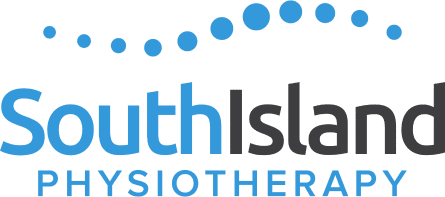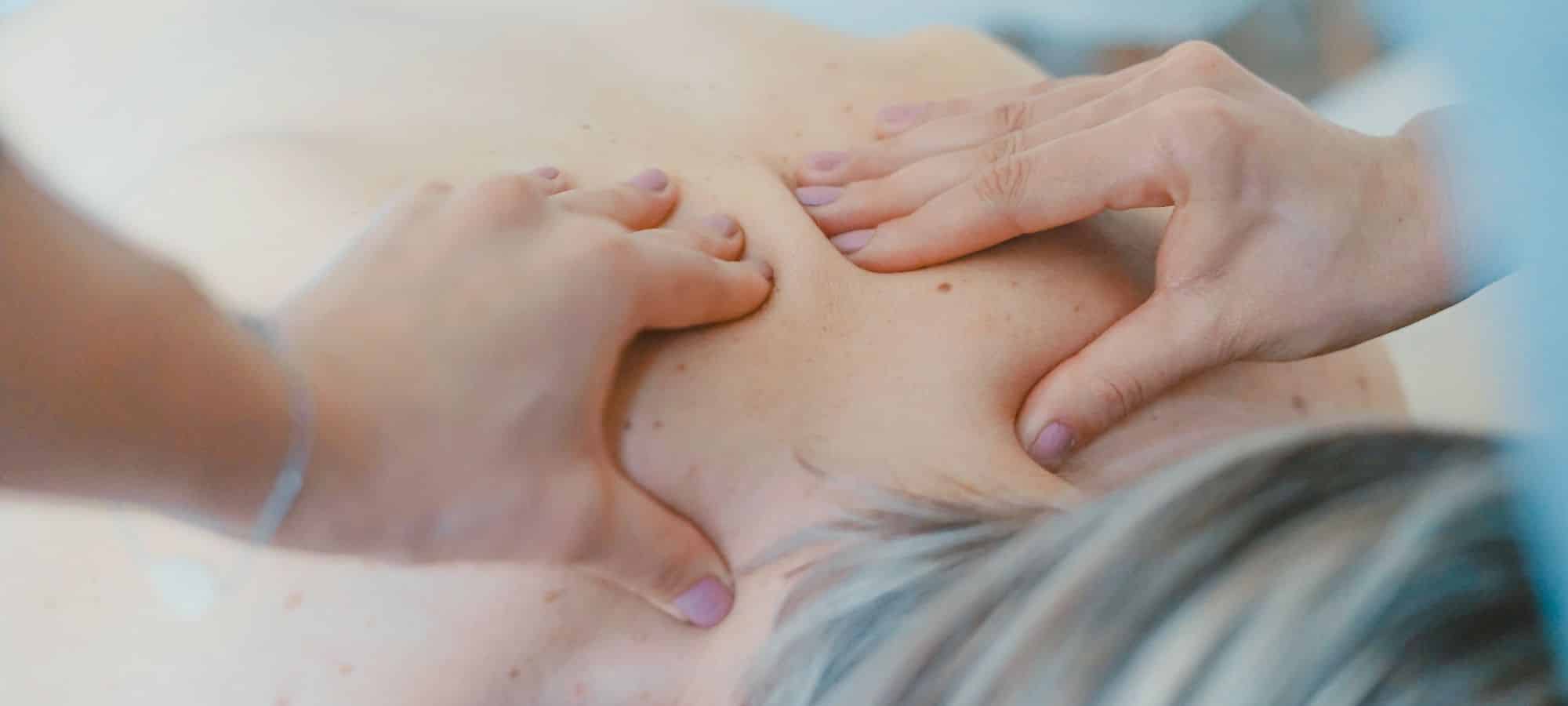The Role and Science of Massage for Headaches
Headaches are a common complaint for our staff at South Island Physiotherapy. They arise from various conditions of the head and neck that can disrupt our daily lives and productivity.
Whether they are tension headaches, migraines, or sinus headaches, the pain and discomfort they bring can be debilitating. While there are various approaches to managing headaches, one holistic and evidence-based solution we provide at South Island Physiotherapy that has gained recognition is massage therapy.
In this blog post, we will explore how massage can be an effective remedy for headaches, supported by scientific evidence.
Understanding the Types of Headaches
Before delving into the benefits of massage therapy for headaches, it’s essential to understand the various types of headaches and their causes:
- Tension-type Headaches: These are often associated with muscle tension in the neck, shoulders, and scalp and can result from stress, poor posture, or overexertion.
- Migraines: Migraines are characterized by intense, throbbing pain, often accompanied by nausea, vomiting, and sensitivity to light and sound. Their exact cause remains elusive, but they are believed to involve vascular and neurological factors.
- Sinus Headaches: Sinus headaches are typically caused by sinusitis, which leads to inflammation and pressure in the sinuses.
The Role of Massage in Headache Relief
Massage therapy, a practice that involves manipulating soft tissues, has been used for centuries to alleviate pain and promote relaxation. Techniques to relieve these headache-inducing pressure points may include acupressure alongside other manual therapies. Here’s how massage can help relieve different types of headaches:
Tension Headaches
Tension headaches often result from muscle tension in the neck, shoulders, and scalp. Massage therapy targets these areas, helping to:
- Relax Muscles: Massage techniques, such as kneading and deep tissue massage, can release tension and myofascial trigger points in the muscles, reducing pain and discomfort.
- Increase Blood Flow: Improved circulation through massage helps deliver more oxygen and nutrients to the affected muscles, reducing muscle spasms.
- Stress Reduction: The relaxation response triggered by massage can reduce stress and anxiety, common triggers for tension headaches.
Migraines
Migraines are complex and not fully understood, but massage therapy can provide relief by:
- Decreasing Pain Perception: Massage can increase the release of endorphins, which act as natural painkillers and mood elevators, helping to alleviate migraine pain.
- Reducing Trigger Points: Massage can identify and address pressure points or areas of muscle tension that might contribute to the migraine.
- Stress Reduction: Migraine sufferers often report that stress is a significant trigger. Massage therapy’s ability to reduce stress can help prevent migraine attacks.
Sinus Headaches
While massage cannot directly treat sinusitis, it can provide relief by:
- Facilitating Drainage: Facial massage can promote better lymphatic drainage, helping to alleviate congestion in the sinuses.
- Pain Reduction: Gentle massage techniques can reduce pain and discomfort associated with sinus headaches.
Scientific Evidence
Now that we understand how massage therapy can potentially help with headaches let’s explore the scientific evidence supporting these claims.
- Tension Headaches. A study published in the “American Journal of Public Health” 2002 found that massage therapy reduced the frequency and intensity of tension headaches. The study participants who received regular massages reported fewer headaches and improved sleep quality.
- Migraines. Research in the “Journal of Clinical Massage Therapy” in 2018 showed that massage therapy, especially craniosacral therapy and myofascial release, had a positive impact on reducing the frequency and intensity of migraines. It also helped improve the overall quality of life for migraine sufferers.
- Sinus Headaches. A study published in the “Journal of Alternative and Complementary Medicine” 2012 examined the effects of manual lymphatic drainage, a massage technique, on individuals with chronic sinusitis. The results indicated that this type of massage helped reduce sinusitis symptoms, including headaches.
Massage Techniques for Headache Relief
Several massage techniques can be employed to target headache relief:
- Swedish Massage: Known for its gentle, flowing strokes, Swedish massage is excellent for overall relaxation and reducing stress, which can trigger headaches.
- Deep Tissue Massage: This technique involves applying firm pressure to reach deeper muscle layers, making it effective for releasing tension and knots in the muscles.
- Craniosacral Therapy: A gentle, non-invasive technique that focuses on the skull and spine, craniosacral therapy can benefit migraine sufferers by releasing tension in these areas.
- Trigger Point Therapy: This involves applying pressure to specific trigger points in the body to alleviate pain and tension.
- Facial Massage: For sinus headaches, gentle facial massage can help with lymphatic drainage and reduce congestion.
Conclusion
Massage therapy offers a holistic and evidence-based approach to relieving headaches, including tension headaches, migraines, and sinus headaches. Scientific studies support its effectiveness in reducing the frequency and intensity of headaches, improving overall well-being, and enhancing the quality of life for individuals suffering from these conditions.
If you regularly experience headaches, consider consulting with a licensed massage therapist who can tailor their techniques to your specific needs. Additionally, remember that massage therapy should be used as a complementary approach alongside other headache management strategies, such as maintaining a healthy lifestyle, staying hydrated, and consulting with a healthcare professional for a comprehensive treatment plan. With the healing touch of massage therapy, you may find relief from the burden of headaches and enjoy a better quality of life.
–
Frequently Asked Questions (FAQs)
- Is massage therapy a replacement for medical treatment for headaches?
No, massage therapy should be considered a complementary approach to headache management, not a replacement for medical treatment. It can help alleviate symptoms and improve well-being, but it’s essential to consult with a healthcare professional for a comprehensive treatment plan, especially if you have chronic or severe headaches.
- How often should I get a massage for headache relief?
The frequency of massage sessions for headache relief can vary from person to person. Initially, more frequent sessions, such as once a week, may be recommended to address acute symptoms. Afterward, you and your therapist can determine a maintenance schedule that suits your needs, which may be less frequent, such as once a month.
- Are there any side effects or risks associated with massage therapy for headaches?
Massage therapy is generally safe, but some individuals may experience mild side effects like soreness, fatigue, or temporary worsening of symptoms. It’s crucial to communicate openly with your massage therapist about any discomfort or concerns you may have during or after a session. If you have specific medical conditions or are pregnant, consult your healthcare provider before receiving a massage.
- What type of massage is best for migraine relief?
While different types of massage can be effective, craniosacral therapy and myofascial release have shown promise in reducing migraine frequency and intensity. However, the best approach may vary from person to person. Discuss your specific needs with a licensed massage therapist to determine the most suitable technique for you.
- Can massage therapy prevent headaches from occurring in the first place?
Regular massage therapy sessions can help reduce stress, muscle tension, and trigger points, common headache triggers. Therefore, it may contribute to preventing some headaches, particularly tension headaches. However, it’s essential to address other lifestyle factors, such as diet, hydration, and stress management, for comprehensive prevention.
- How long does it take to notice an improvement in headache symptoms with massage therapy?
The time it takes to notice an improvement in headache symptoms can vary from person to person. Some individuals may experience immediate relief after a single session, while others may require several sessions to see a significant difference. Consistency in receiving massage therapy and open communication with your therapist is key to achieving the best results.
- Can self-massage techniques be effective for headache relief?
Yes, self-massage techniques can provide relief from headaches, especially tension headaches. Techniques like gentle scalp massages or applying pressure to specific trigger points on your own can be helpful between professional massage therapy sessions. However, be cautious and avoid excessive pressure, which may cause discomfort or worsen your symptoms.
- Are there any specific contraindications for massage therapy and headaches?
While massage therapy is generally safe, some contraindications may apply, such as recent head injuries, uncontrolled high blood pressure, or certain medical conditions. It’s essential to inform your massage therapist about your medical history and any ongoing health concerns to ensure a safe and effective massage session.
- Is massage therapy covered by health insurance for headache treatment?
In most cases, health insurance may cover massage therapy as part of a comprehensive headache treatment plan. Check with your insurance provider to determine if massage therapy is a covered service and if any specific criteria or referrals are required.
- What should I look for in a qualified massage therapist for headache relief?
When seeking a massage therapist for headache relief, look for someone who is licensed, experienced, and knowledgeable in treating headache conditions. Ask for recommendations, read reviews, and consider discussing your specific needs with potential therapists to ensure a good fit for your healthcare team.

